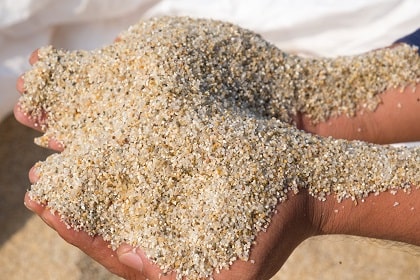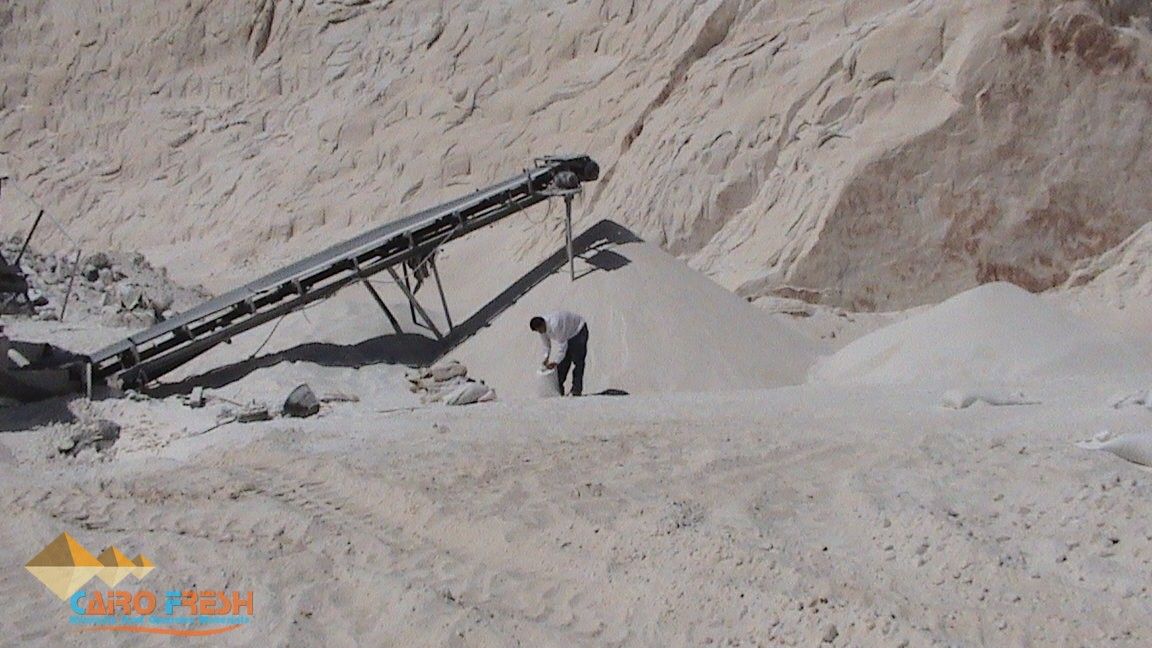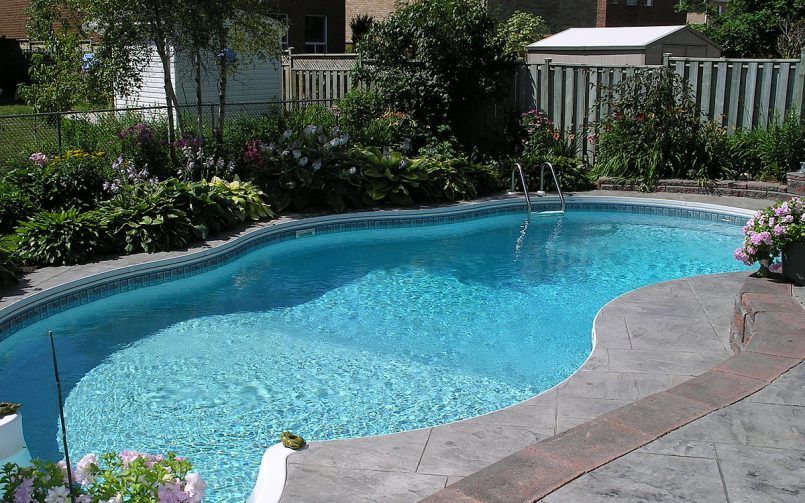Pool sand and silica sand are both commonly used in swimming pool filtration systems. While they may seem similar, there are some key differences between the two. This article will explore the characteristics and uses of pool sand and silica sand, helping you understand which one is best suited for your pool.
Pool Sand
Composition and Characteristics
- Pool sand is typically made from crushed quartz or silica.
- It is specially graded to ensure uniformity in size and shape.
- The grains of pool sand are larger and coarser compared to silica sand.
Uses
- Pool sand is primarily used as a filtration medium in swimming pool filters.
- It effectively traps dirt, debris, and other impurities, ensuring clean and clear pool water.
- Pool sand needs to be replaced periodically, usually every 3-5 years, depending on the usage and maintenance of the pool.
Silica Sand
Composition and Characteristics
- Silica sand is composed of quartz particles.
- It is available in various grades, ranging from very fine to coarse.
- The grains of silica sand are smaller and finer compared to pool sand.
Uses
- Silica sand has a wide range of applications, including glass manufacturing, construction, and industrial processes.
- It is also used in some swimming pool filtration systems, especially in high-rate sand filters.
- Silica sand is known for its superior filtration capabilities and can effectively remove even the smallest particles from the water.
Pool sand, on the other hand, is specifically designed for pool filtration systems. It is composed of sub-rounded grains of quartz, which have been washed and kiln-dried. This type of sand is coarser than silica sand and is not used in industrial or commercial applications. Pool sand is designed for use in swimming pool filtration systems and is able to effectively remove dirt and debris from the water.
Pool sand is also more effective in removing smaller particles from the water. It is usually graded to meet a specific size, such as #20 or #30, which refers to the size of the grains in the sand. Pool sand is also washed and kiln-dried, which helps to remove impurities and contaminants that could affect the water quality.
Pool sand is also designed to be more resistant to breakdown, which means that it won’t need to be replaced as often. This makes it a more cost-effective option for pool filtration systems. Additionally, pool sand is more resistant to algae growth, which can help to keep your pool cleaner and healthier.
Pool sand is also generally more affordable than silica sand and is easier to find. It is widely available in most home improvement stores and can be purchased in bulk for larger swimming pool filtration systems. Silica sand, on the other hand, is more expensive and can be harder to find. It is usually sold in specialty stores or online.
Conclusion
While both pool sand and silica sand can be used in swimming pool filtration systems, they have distinct differences in terms of composition, characteristics, and uses. Pool sand is specifically designed for pool filtration and is coarser, while silica sand has a wider range of applications and is finer. Understanding these differences will help you make an informed decision when choosing the right sand for your swimming pool.







